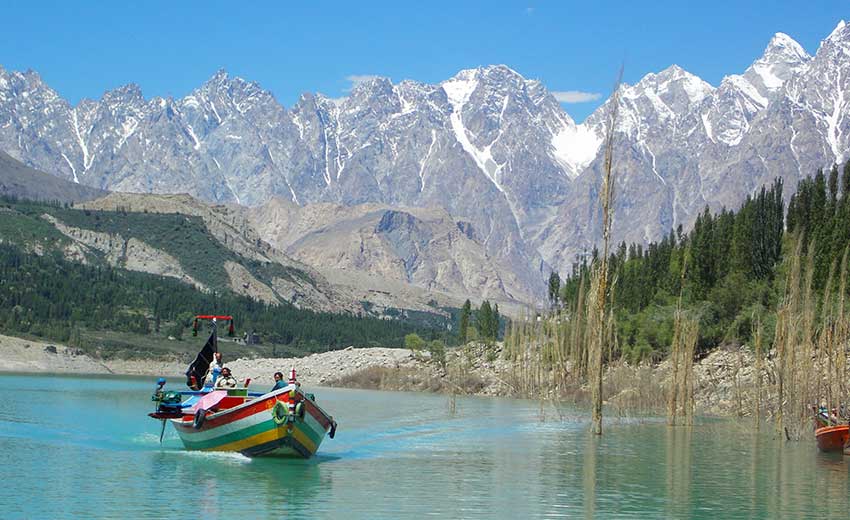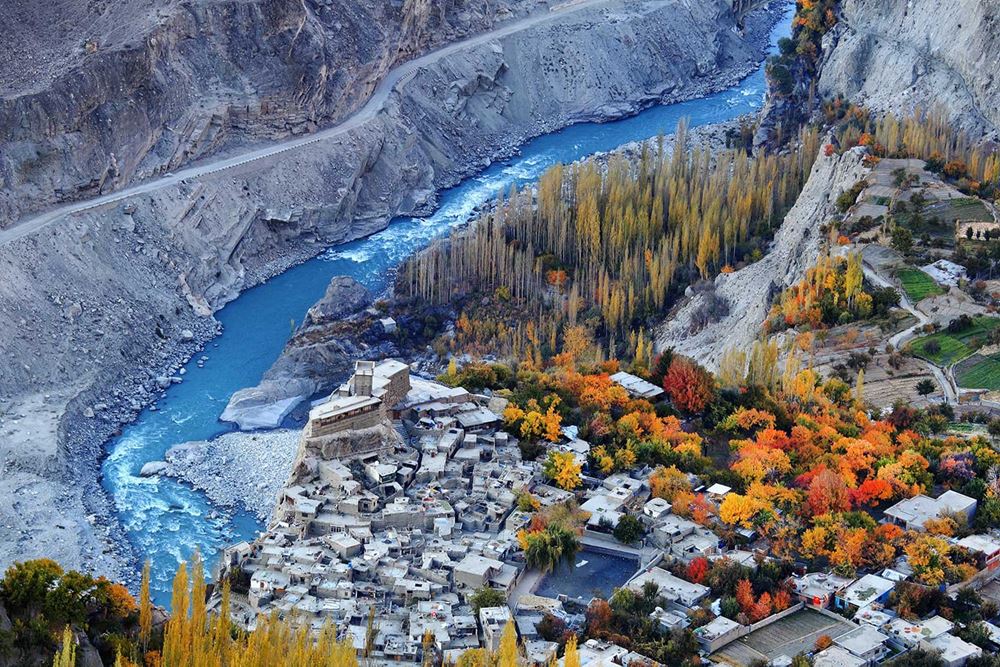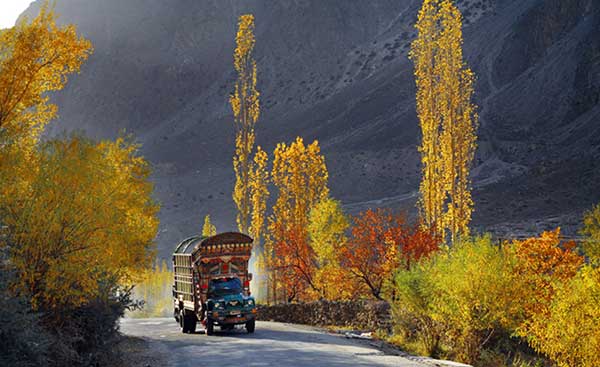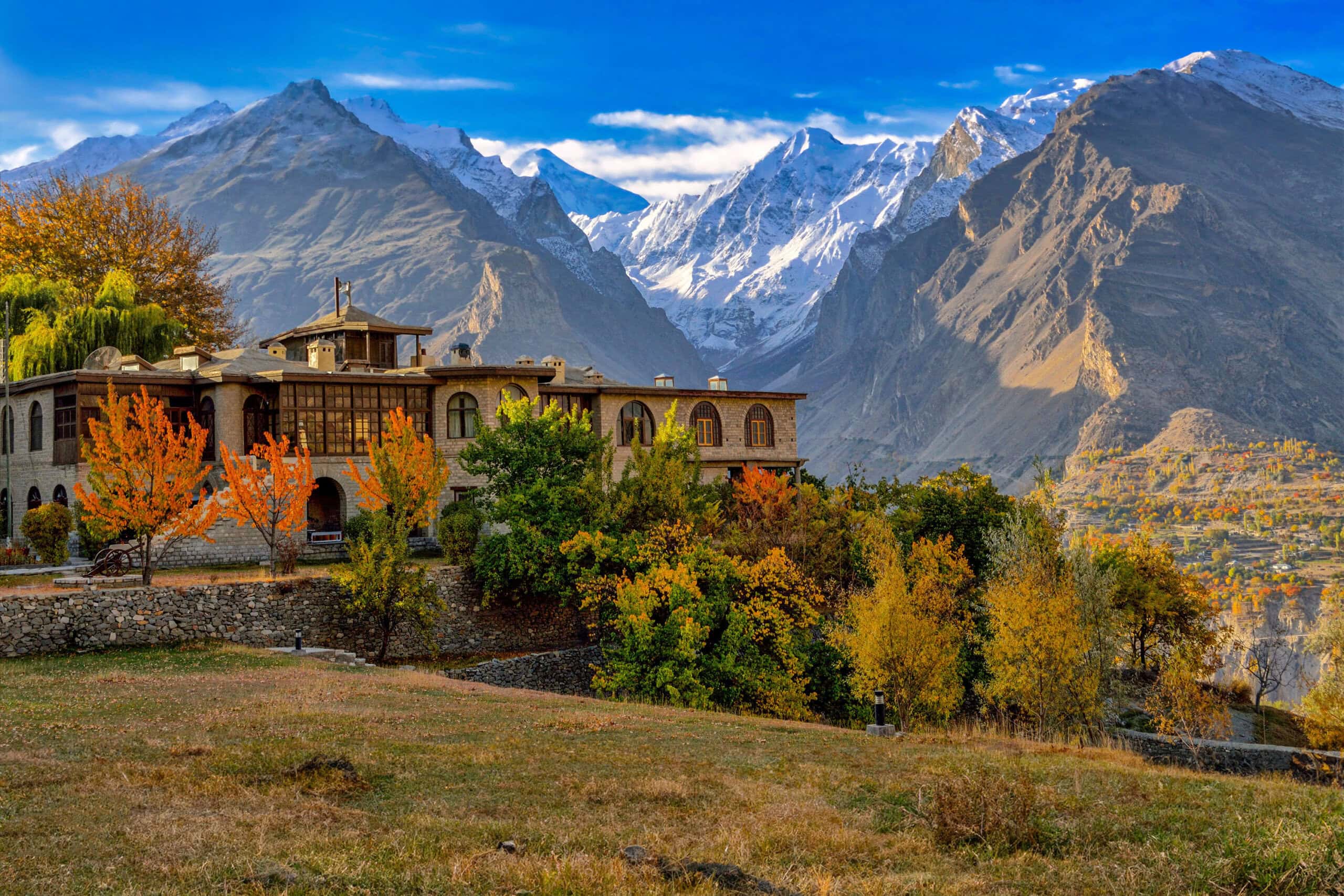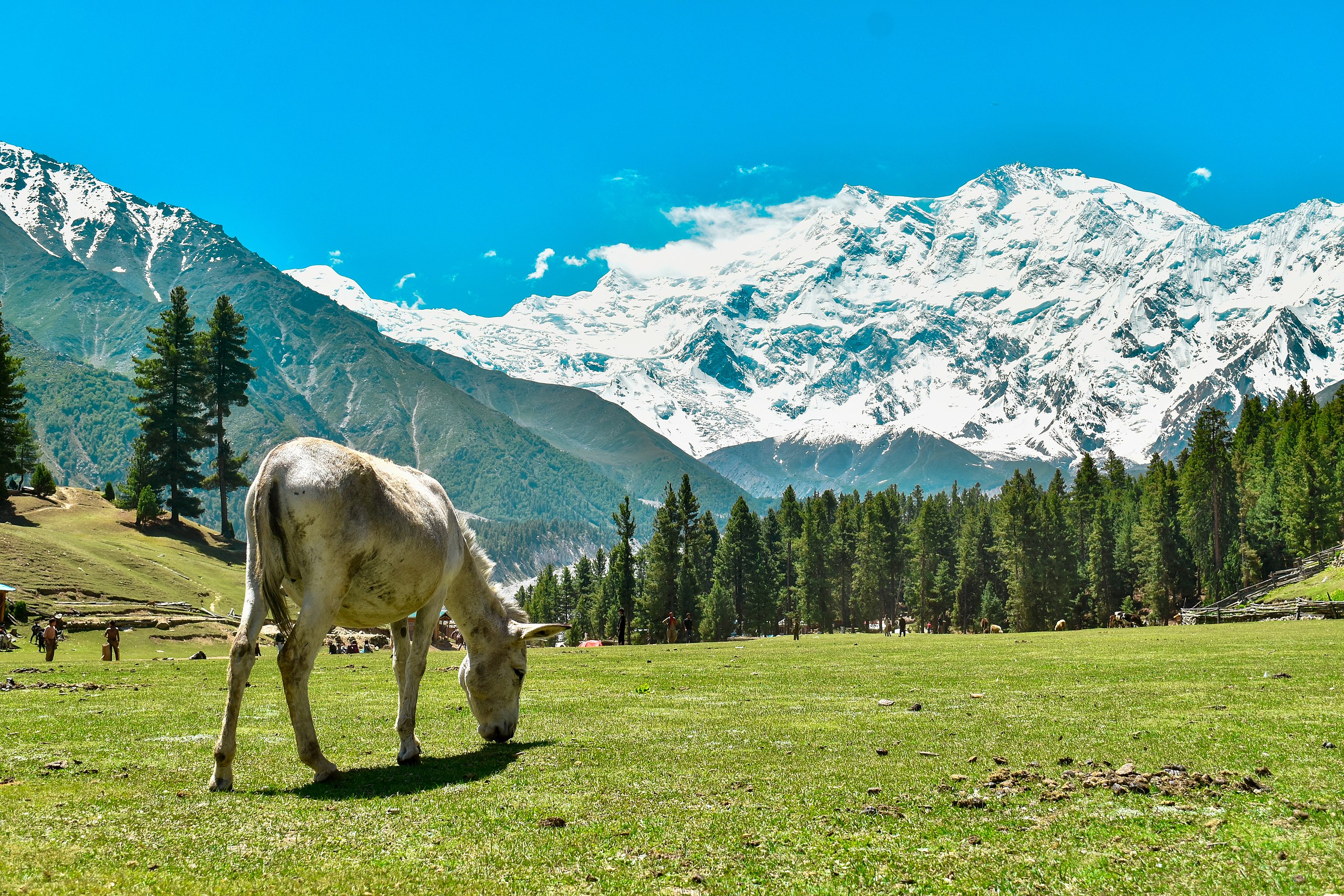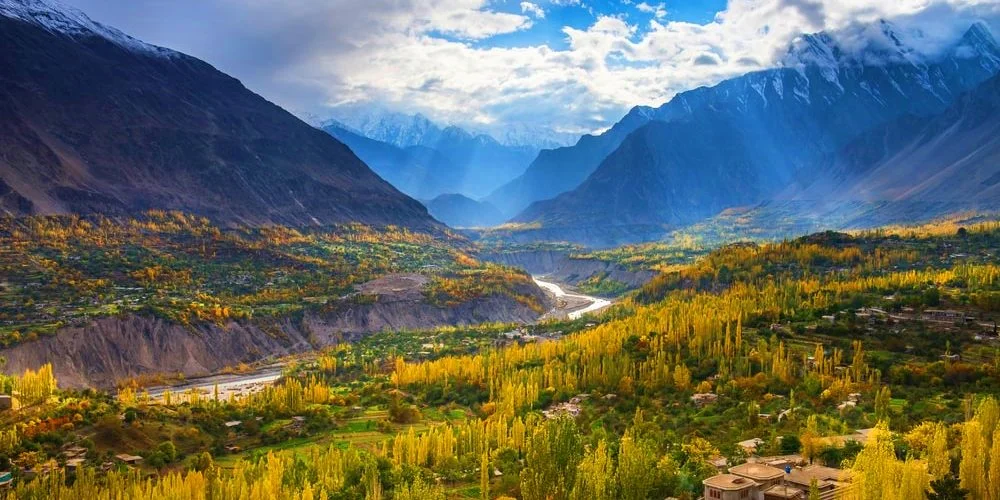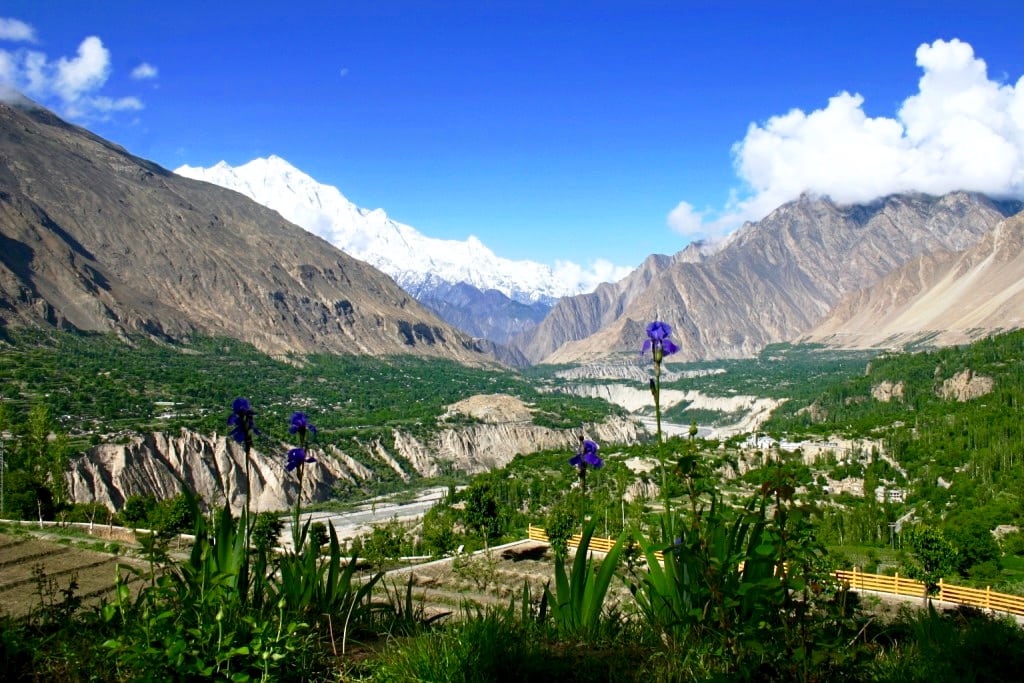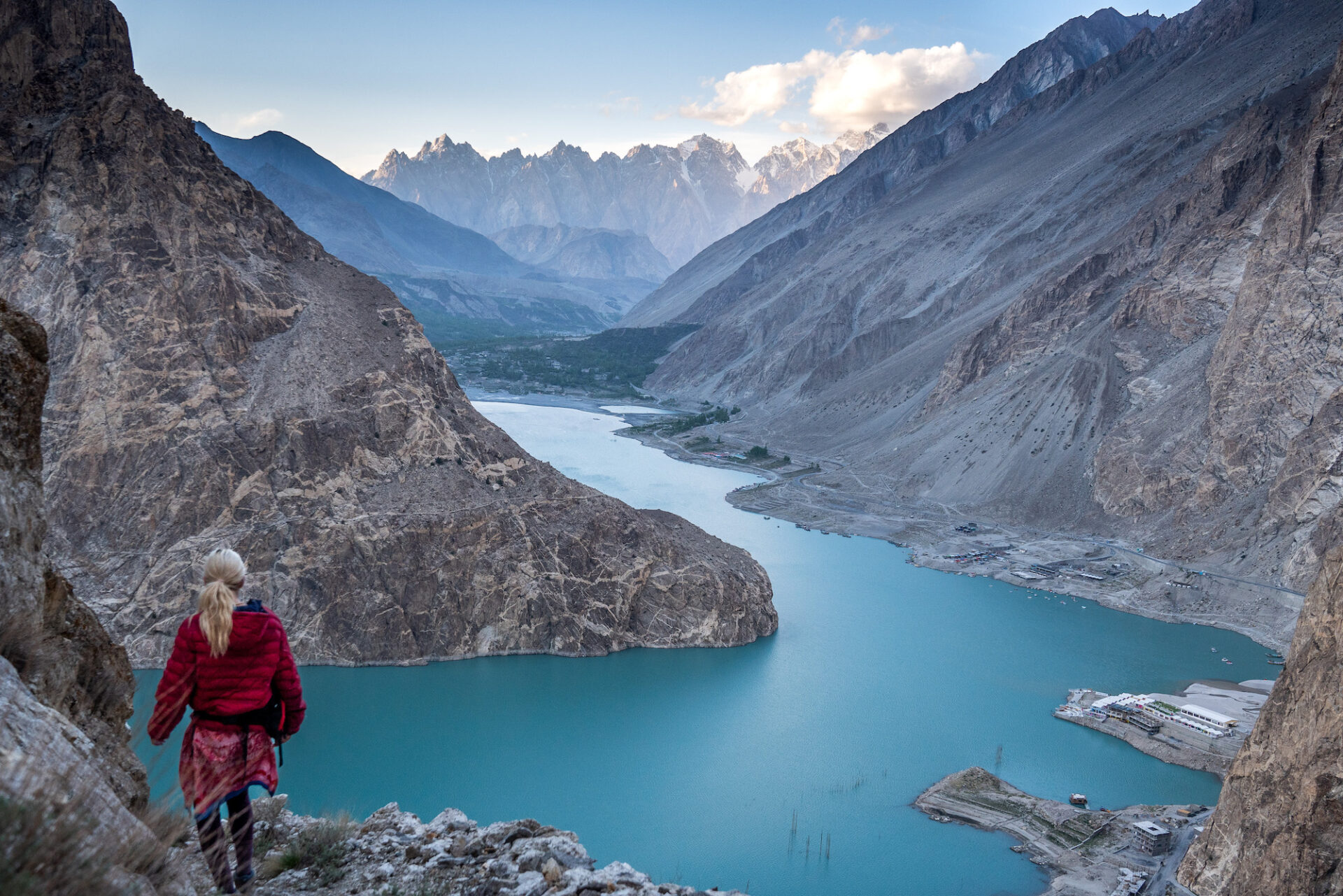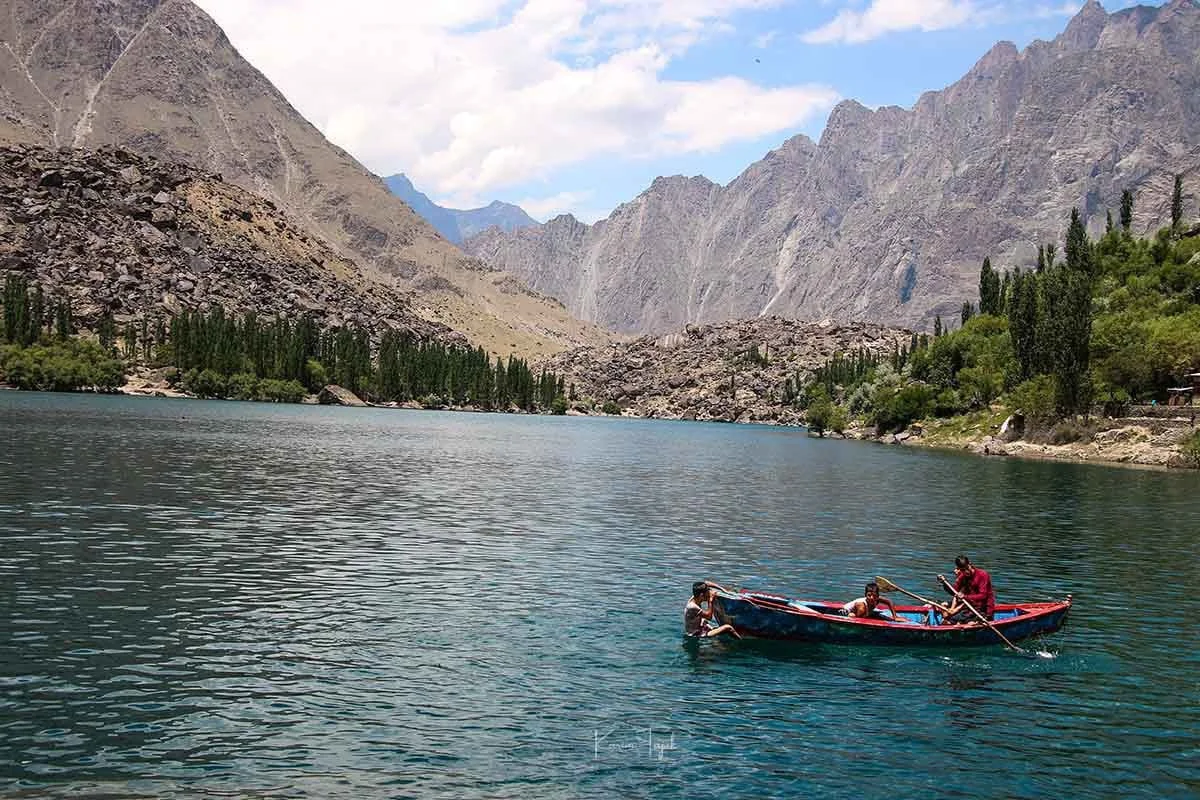
About the Hunza Valley
Hunza Valley
Hunza Valley, often described as a paradise on earth, is a mountainous valley nestled in the Gilgit-Baltistan region of Pakistan. Surrounded by majestic snow-capped peaks, emerald green rivers, and blossoming orchards, Hunza is a dream destination for travelers seeking peace, adventure, and natural beauty. The valley sits at an elevation of around 2,500 meters (8,200 feet) and offers breathtaking vistas, rich cultural experiences, and unparalleled hospitality.
Best Time to Visit Hunza Valley
The best time to visit Hunza Valley largely depends on what you wish to experience:
- Spring (April to May):
- This is the famous blossom season. Cherry, apricot, and apple trees bloom all across the valley, painting it in shades of pink, white, and red. The weather is pleasant and nature is at its vibrant best.
- Summer (June to August):
- Ideal for trekking, hiking, and sightseeing. The days are sunny, and the landscapes are lush and green. It's also the best time for visiting high-altitude spots like Khunjerab Pass.
- Autumn (September to November):
- Hunza turns golden with the fall colors. The mesmerizing contrast of yellow-orange leaves against the blue skies and white mountains is simply spectacular.
- Winter (December to March):
- Although Hunza is stunning during winter, heavy snowfall makes travel difficult. However, for those who love snow and want to experience the serene winter wonderland, this is a magical time to visit.
Overall, April to October is considered the prime travel season.
Entry Fees
There are generally no entry tickets required for Hunza Valley itself. However, some specific attractions may have minor entrance fees:
- Baltit Fort: PKR 500 per person (for maintenance and conservation)
- Altit Fort: PKR 400 per person
- Passu Glacier: No formal ticket; trekking guides may charge fees
- Khunjerab National Park (on the way to Khunjerab Pass):
- Foreigners: PKR 1,000
- Locals: PKR 40–100
These nominal charges contribute to local conservation efforts and community development.
Top Attractions in Hunza Valley
1. Karimabad
Karimabad is the heart of Hunza Valley, famous for its charming streets, vibrant markets, and stunning views of Ultar Sar, Ladyfinger Peak, and Rakaposhi. It's the perfect place to base your stay.
2. Baltit Fort
An ancient fort perched atop Karimabad, Baltit Fort is over 700 years old. Its Tibetan-inspired architecture and panoramic valley views make it a must-visit.
3. Altit Fort
Even older than Baltit Fort, Altit Fort showcases Hunza's ancient history and architectural brilliance. It also offers peaceful gardens and incredible views.
4. Attabad Lake
Formed in 2010 due to a massive landslide, Attabad Lake is a stunning turquoise-blue water body. Visitors can enjoy boating, jet-skiing, and scenic walks along its shores.
5. Passu Cones
These cathedral-like pointed peaks are one of the most iconic natural formations in Pakistan. They are particularly photogenic during sunrise and sunset.
6. Hopper Glacier
Located in Nagar Valley across the river from Hunza, Hopper Glacier is a spectacular place for glacier viewing and light trekking.
7. Khunjerab Pass
At an altitude of 4,693 meters, this high mountain pass forms the border between Pakistan and China. It offers surreal views and the chance to experience the highest ATM in the world!
Culture and Traditions
Hunza Valley boasts a rich culture deeply influenced by Tibetan, Central Asian, and Persian traditions. The locals are primarily Wakhi and Burusho people, known for their hospitality, warmth, and distinct languages.
The valley is also famous for its traditional music, festivals, and handicrafts, including handmade shawls, caps, and wooden carvings. Hunza’s literacy rate is remarkably high, especially among women, making it a symbol of educational progress in remote areas.
Local Cuisine
Food in Hunza Valley is simple, healthy, and delicious:
- Chapshuro: A meat-filled bread, similar to a pie.
- Moltish Soup: A traditional soup made from wheat and meat.
- Diram Pitti: A sweet dish made from sprouted wheat flour.
- Harissa: A thick meat porridge, usually eaten in winter.
- Apricot Oil Products: Including oil cakes and sweets, apricots are a staple in Hunza's diet.
Visitors should also try Hunza water, known for its purity and health benefits.
Accommodation
Hunza offers a wide range of accommodations:
- Luxury Hotels:
- Serena Altit Fort Residence, Luxus Hunza, and Hunza Serena Inn.
- Mid-Range Hotels:
- Eagle’s Nest Hotel, Old Hunza Inn, and Hard Rock Hunza.
- Budget Guesthouses:
- There are many affordable guesthouses and homestays offering local experiences and beautiful views.
Camping options are also available near Attabad Lake, Hopper Valley, and other scenic spots.
How to Reach Hunza Valley
From Islamabad:
- By Air:
- Fly from Islamabad to Gilgit Airport. From Gilgit, Hunza Valley is a 2–3 hour drive via the scenic Karakoram Highway.
- By Road:
- Drive or take a bus from Islamabad to Hunza Valley via the Karakoram Highway. It’s around a 17–20 hour journey depending on road and weather conditions. Many travelers choose to break the journey in Naran, Chilas, or Gilgit.
From Skardu:
There is also a route connecting Skardu to Hunza via Deosai and Astore, but it requires 4x4 vehicles and good planning.
Address: 8J8X+MX Garelt
